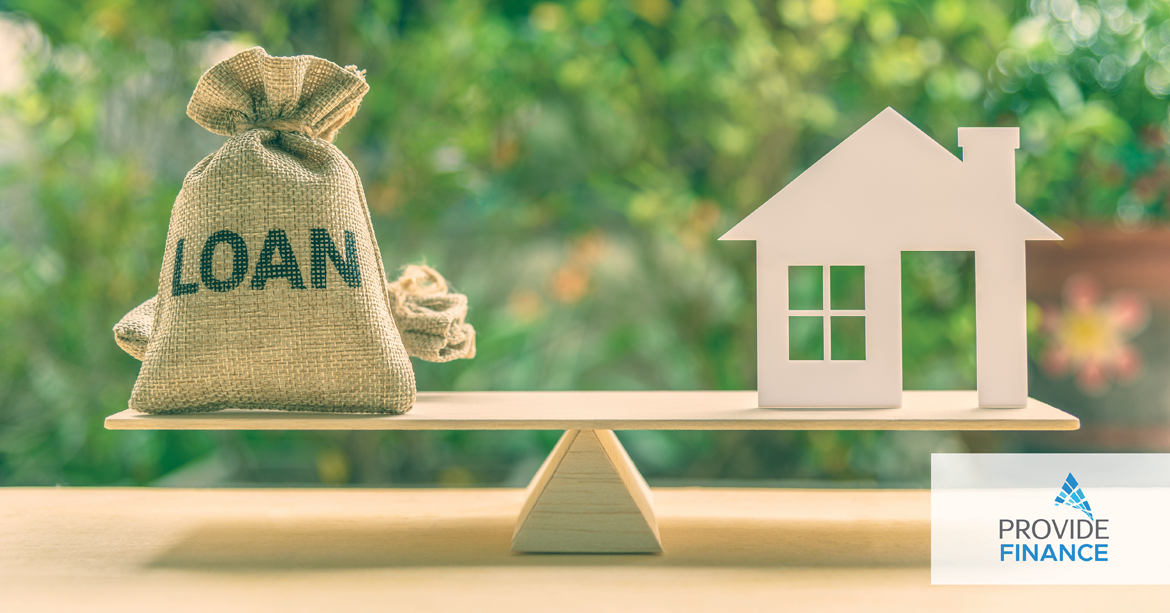How To Take Advantage Of Low Fixed Interest Rates
The recent events have surged a desire for security in all walks of life. The impacts of COVID-19 on our own health, our family’s health, the economy and global stability require us to think about our future and where we want to be, especially financially. With the dramatic drop in fixed rates due to the current economic climate, taking advantage of low fixed interest rates for your home loan could help with being money-wise with your finances. However, despite its advantages, there are also potential downsides to look out for.
Here’s what you need to know and how to mitigate potential.
Where do fixed and variable rates differ?
In March 2020, RBA slashed the cash rate twice resulting in a historically low rate of 0.25 percent. Typically, this would have resulted in variable-rate decreases, however, the big four banks (and the majority of lenders) decided to reduce the fixed-rate mortgage instead.
According to an estimation conducted by ANZ, the average three-year fixed rate has nearly halved from 4.1 percent to 2.1 percent in the past two years. Meanwhile, Canstar, a fee and rates monitor, reported an average variable rate of 3.26 percent. When comparing these figures, fixing in your home loan provides an exciting opportunity for homeowners.
Fixed rates provide homeowners with security i.e. through the number of repayments and safeguarding against potential fee hikes in the future. However, while fixed rates provide the benefit of certainty, it also provides homeowners with a few potential drawbacks.
Drawbacks:
- By locking in the rate, lenders lock in the homeowner
Fixed-rate loans guarantee margins for the lender over a period of time. The ideal scenario for any borrower is to take advantage of the offering without giving up anything. However, if you wish to upgrade or downsize your home within the specified period, you’re still locked into that contract. An important consideration to make during the process of choosing a rate is to ensure you select the rate and the fixed-rate period that best suits you.
- ‘Fixed’ means a lack of flexibility
Paying a specified payment allows homeowners to budget well into the future and help shore up cash flow. However, a fixed rate restricts any redraws in the case of emergencies. Also, if you have benefited from extra cashflow and wish to pay off more than required you are likely to be penalised. ASIC’s MoneySmart advised that ‘break fees’ are likely to be higher the more interest rates come down.
Solution: Splitting your home loan rate
Whether it’s considerations like job security, redrawing fees or economic uncertainty that make you unsure about a fixed-rate term consider splitting a home loan into two accounts. This means you have a portion charged at a fixed rate and the remaining balance continues to be charged at a variable interest rate. This allows you to take advantage of the low rate whilst having the ability to redraw or pay off more than required.
By splitting your home loan, you can save hundreds off repayments when interest rates are low as well as partially protecting yourself from rate hikes. This process gives you security from interest rate fluctuations and flexibility of repayments if there are potential decreases in interest rates. Whilst most are split 50:50, there is the opportunity to vary this proportion depending on the risk you’d like to take. By splitting your home loan, you get the best of both worlds: rate security and the opportunity to save hundreds if rates decrease.
With many different options for home loans, researching and comparing is crucial to ensuring you get the best rate for you. If you have any questions about the above, get in contact with the team from Provide Finance.

